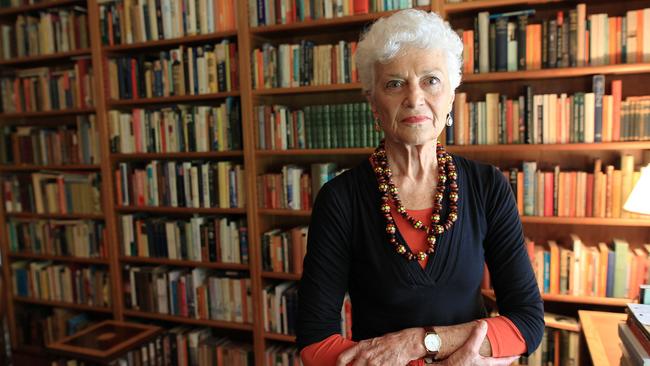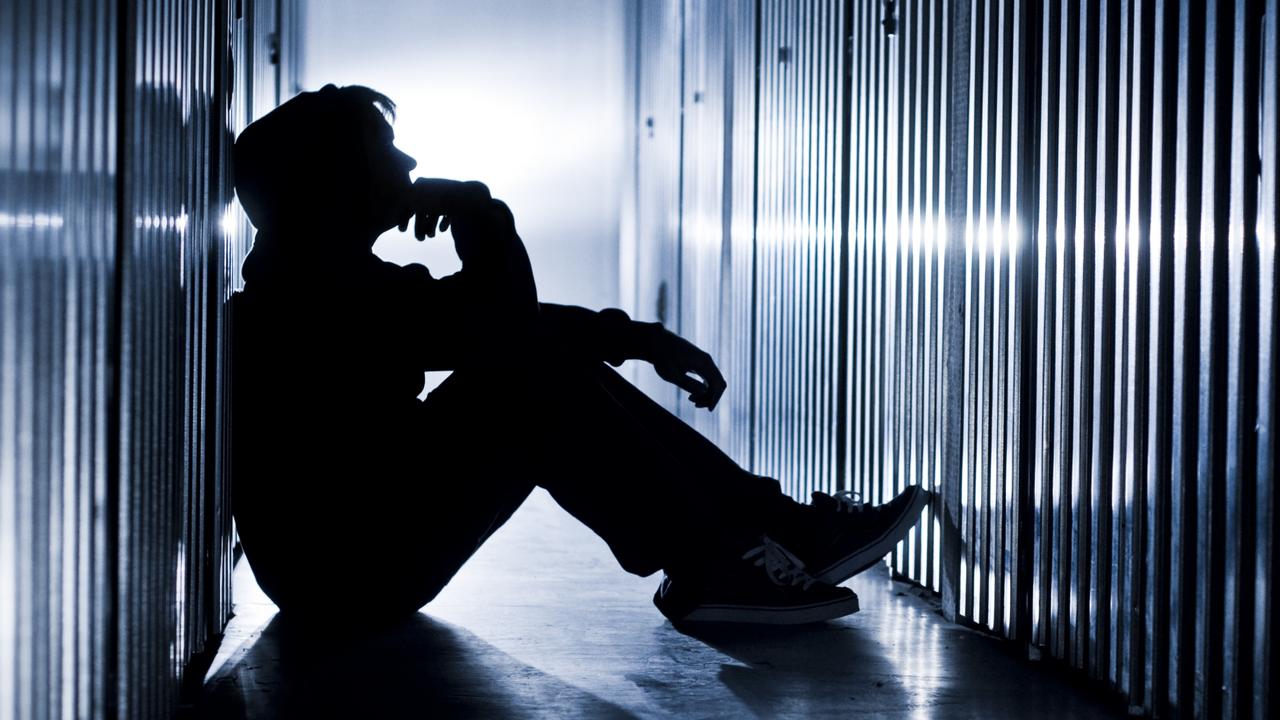‘Stolen Generations continue’ as Aboriginal kids caught in cycle of trauma
Aboriginal children are now 10 times more likely than non-Aboriginal children to be placed in out-of-home care.

A study confirming Aboriginal children are 10 times more likely than non-Aboriginal children to be placed in out-of-home care has prompted researchers to call for urgent action to break the cycle of intergenerational trauma caused by removing them from families.
The study, published this month in the journal Child Abuse & Neglect, found the number of Aboriginal children in out-of-home care increased by 21 per cent from 2012 to 2017, while the number of Aboriginal infants less than a year old in out-of-home care increased 17 per cent between 2013 and 2016.
Over the same period, the removal rates for non-Aboriginal infants rose from 2.6 to 3 per 1000.
Nationally, 56.6 per 1000 Aboriginal children were in out-of-home care in 2016, compared with 46.6 per 1000 in 2012. By contrast, 5.8 per 1000 non-Aboriginal children were in out-of-home care in 2016, up only slightly from the 2012 rate of 5.4 per 1000.
Former Australian of the Year and Telethon Kids Institute patron Fiona Stanley is among a team of researchers who reviewed national data after Aboriginal community members gave anecdotal accounts of an increase in state removal of Aboriginal infants from their families.
“They expressed concern that Aboriginal children are still being removed in high numbers, with some people referring to this removal as ‘another Stolen Generation’,” she said. The researchers examined child-protection data from the Australian Institute of Health and Welfare for 2012-2016, as well as linked data from the West Australian departments of communities and health.
The WA data showed key risk factors leading to removal included drug use and mental illness in mothers, and children living in remote and disadvantaged communities.
Co-author Rhonda Marriott, the pro-vice-chancellor in Aboriginal and Torres Strait Islander Leadership and Research at Murdoch University’s Research Centre for Aboriginal Health, said substance abuse and mental health problems in families were often a response to trauma brought about by historic child-removal policies.
She said the findings showed little had been learned from previous inquiries and royal commissions, including the recent Kimberley child suicide inquest, all of which had made recommendations aimed at reducing intergenerational trauma.
“It’s a travesty that we have got to this point and people still aren’t asking the questions as to why and how should we be doing things differently,” Professor Marriott said.
She said child-protection staff were “under-resourced and have this perspective that their only responsibility is to the safety of the child, without also understanding how to support broken and traumatic family situations, and help parents be the best parents they can so that they may keep their child. Overall, we have a broken system and it’s larger than the child-protection agencies.”
The latest Productivity Commission figures on child protection in Western Australia show that less than 3 per cent is spent on intensive family support services, while 56 per cent of the child-protection budget is spent on keeping children in state care.
Professor Stanley said: “While there is no question … infants and children need to be removed from situations where their safety is at risk, the current system is failing to address the pathways that result in those dangerous situations.”



To join the conversation, please log in. Don't have an account? Register
Join the conversation, you are commenting as Logout